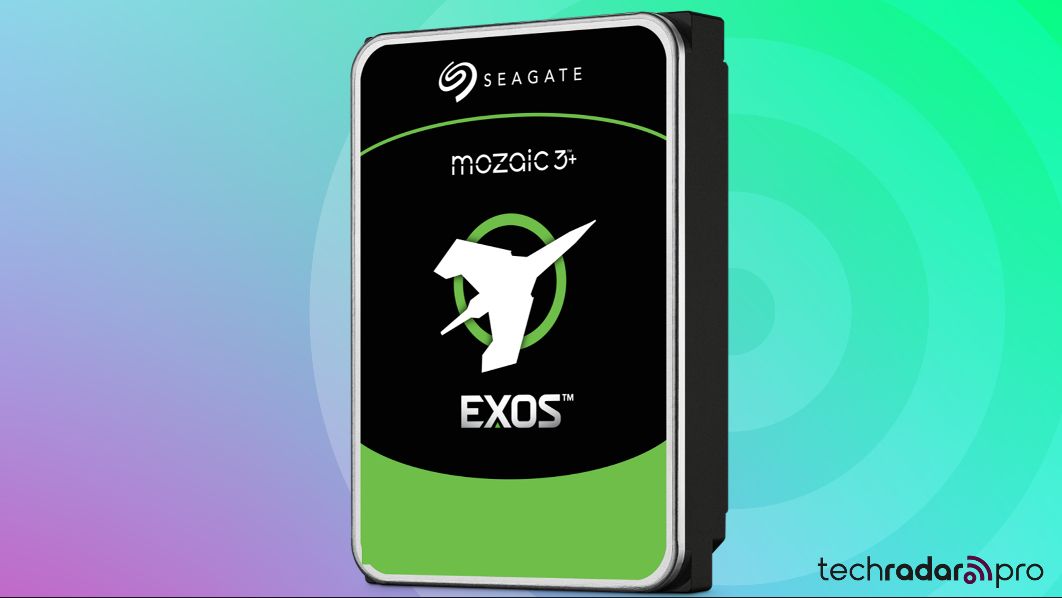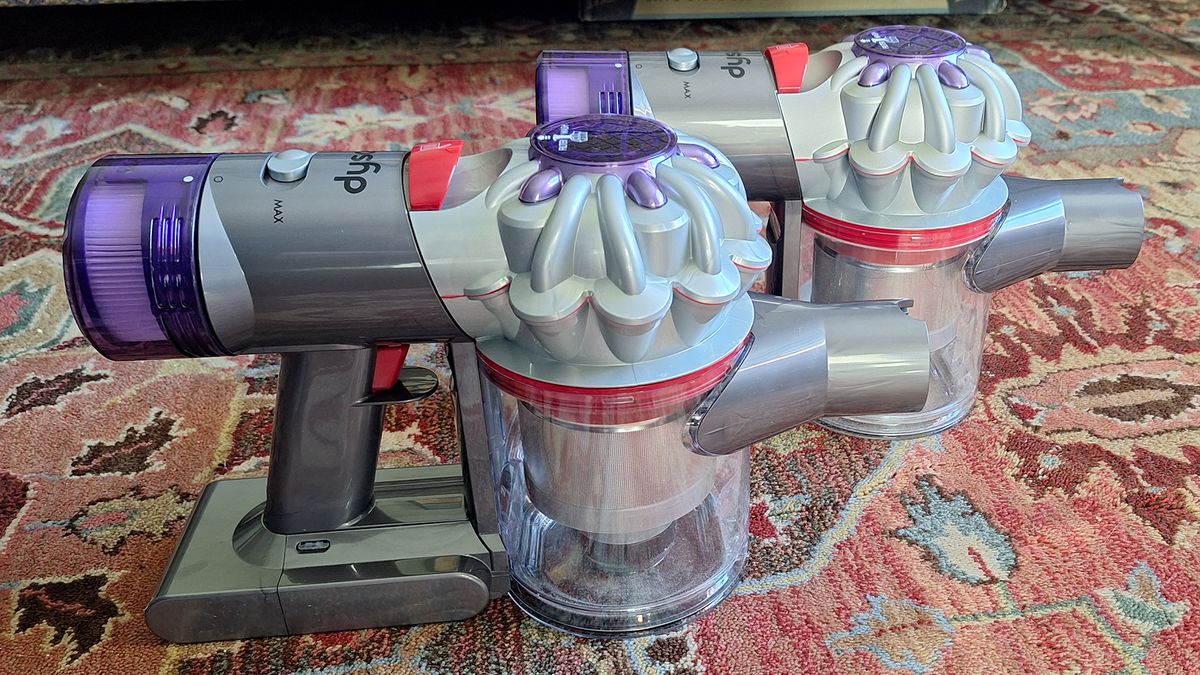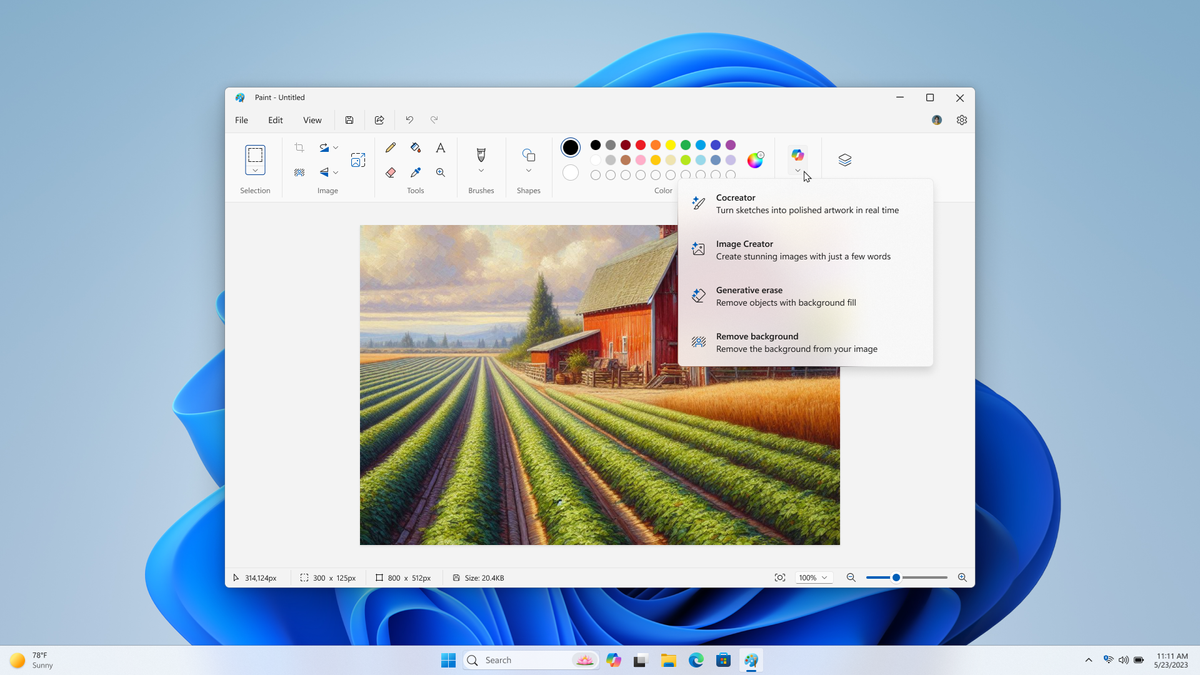Seagate has officially launched the first ever 30TB hard disk drive – the Exos X Mozaic 3+ – and the largest yet and the good news is, despite the fact that it will initially be targeting hyperscalers and enterprise markets, the drive will be sold to end users and will be readable without specialist hardware.
According to BS Teh, the company’s Executive Vice President and Chief Commercial Officer, who I interviewed ahead of the launch, the US-based storage behemoth achieved this landmark by using a number of ground-breaking, in-house technologies that allowed it to cram more TB per platter.
Hinted in October 2023 by Seagate’s CEO, the drive was already on display at Supercomputing 23 last year as the Exos X drive (without the Mozaic 3+ branding) and is a SATA drive – the ST30000NM0002F – with a 7200rpm spinning speed and 512MB cache.
HDD capacity turbo charged
BS Teh confirmed that there’s no plans to increase the number of platters as it would be detrimental to noise, cost, reliability, weight and power consumption (and heat dissipation).
Ten 3TB platters were used, sporting actual areal density of 1.742 Tb per square inch. There are plans to have higher capacities model either using HAMR (Heat Assisted Magnetic Recording) by itself or SMR (Shingled Magnetic Recording) with HAMR for hyperscale customers keen to get the best value for money, albeit with caveats. SMR + HAMR may not be readable on consumer-grade hardware.
The previous capacity champion was the Western Digital Gold which topped 24TB. Seagate’s archrival disclosed that it was working on 28TB hard drives but has yet to formally launch them. The other big player in hard drives – Toshiba – has plans to launch 50TB models in the future but hasn’t unveiled any drives larger than 22TB.
Seagate confirmed that the drive will have a cheaper cost per terabyte compared to existing models. BS Tech explained that the new drives are based on existing technologies used by Seagate – which would include the chassis, the motors and most of the electronics – which means that the cost of development is much smaller than for a brand new line of products.
Assuming a cost of $15 per Terabyte, a 30TB drive would cost about $450 which is a steal, putting the cost of 1PB storage capacity, capable of storing more than 30,000 Blu-ray movies, at around $14,000.
30TB drives have been in the pipeline for a while: Seagate had an announcement two years ago and confirmed select customers were testing the drive. Toshiba, another HDD vendor, confirmed it was working on drives of similar capacity. Other capacities that have been confirmed, after Seagate unveiled an Exos 24TB drive, include 32TB and 36TB hard disk drives
Archrival Western Digital already launched a 26TB drive, the Ultrastar DC HC670, but end users can’t buy it as it is host-managed SMR (more on that in our interview with WD’s Ravi Pendekanti, SVP of HDD Product Management). It also confirmed that 28TB HDD are already in the hands of (enterprise/data center/hyperscale/nearline) customers, albeit in the testing stage.





